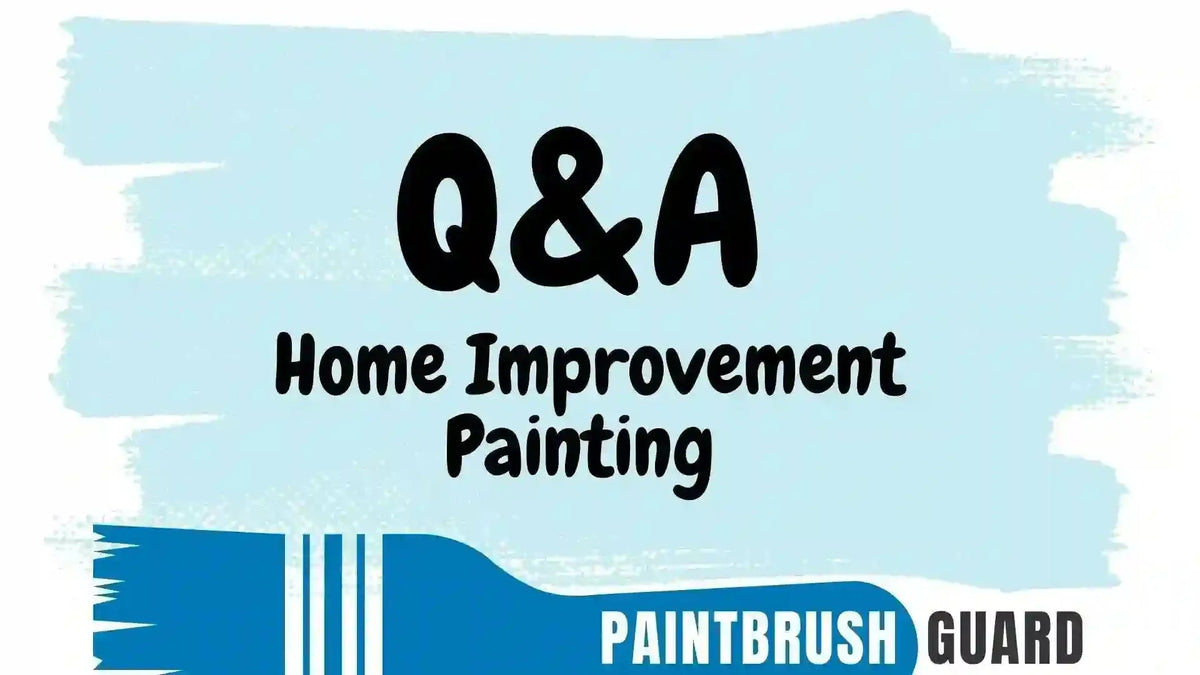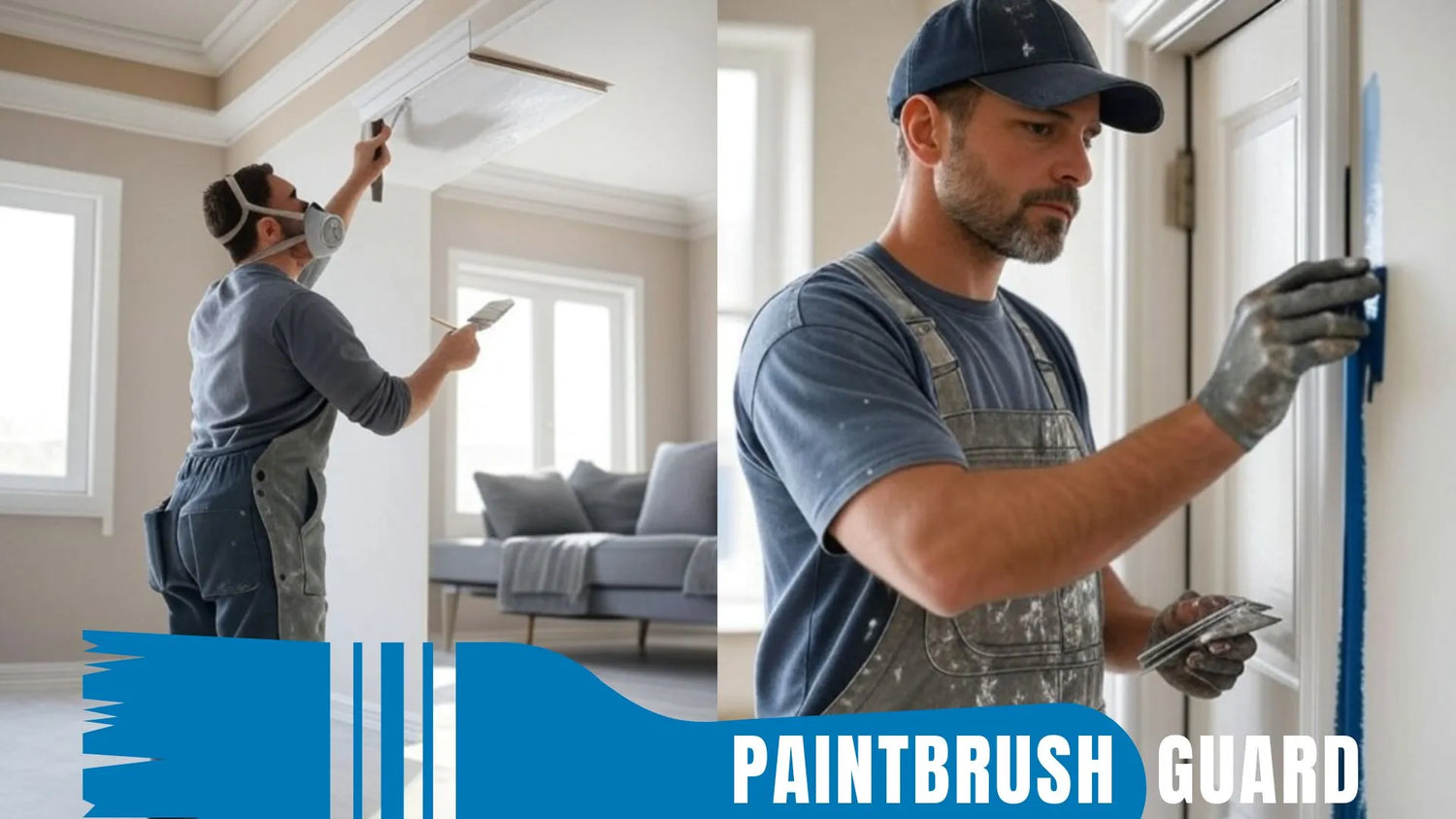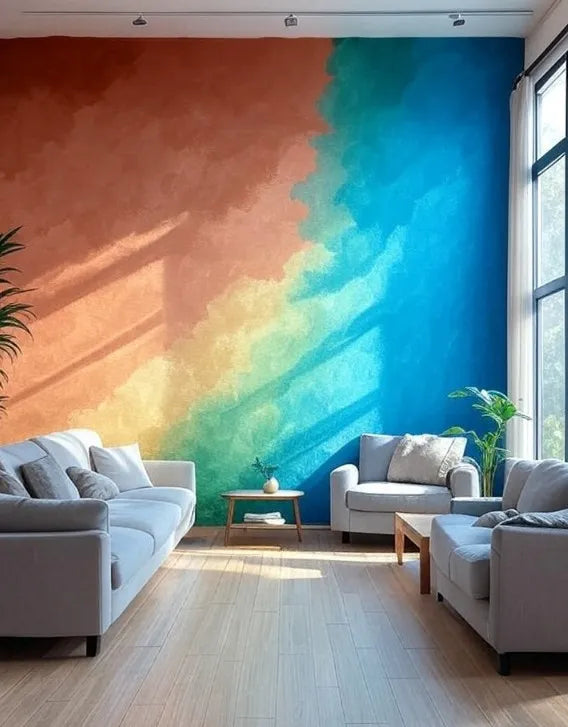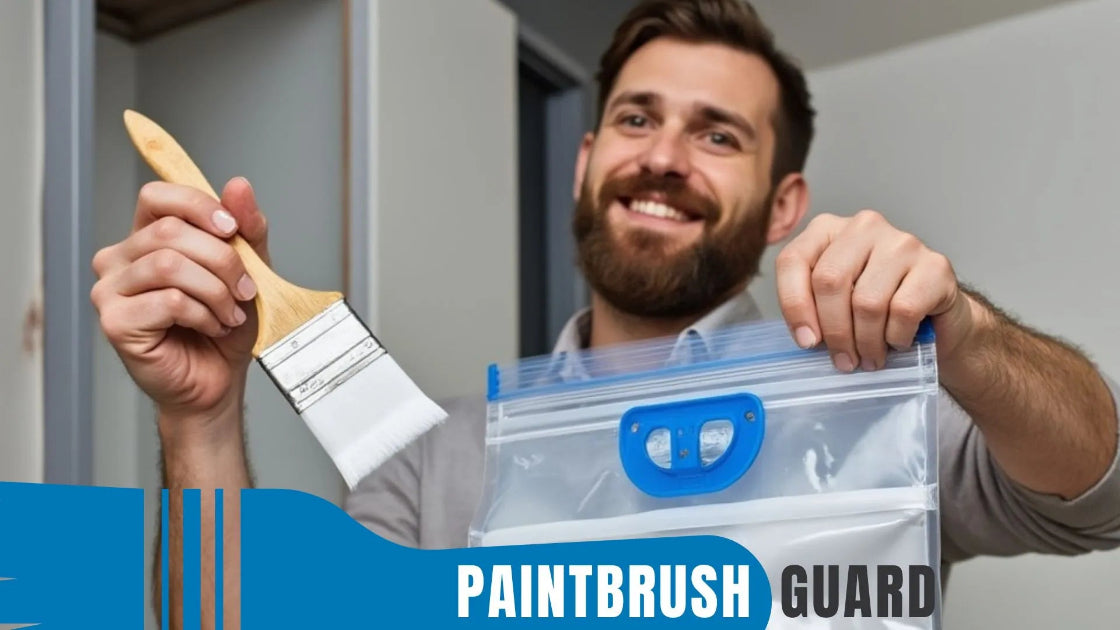
How Difficult Is It to Paint Your Own House?
|
Time to read 6 min
|
Time to read 6 min
Painting your own house can be moderately difficult, depending on your skills, the house’s size, and the complexity of the surfaces. It’s a manageable task with preparation, but it requires patience, physical effort, and attention to detail.
Click on this link to find house painting guides and innovative tools to help you with your home improvement painting project.
Taking on the task of painting your house yourself doesn’t demand professional expertise, but it does call for a basic grasp of techniques like using a roller for broad areas and a brush for tight corners.
If you’re new to this, cutting in, creating clean lines along edges like ceilings or trim, can feel tricky at first. You’ll also need to know how to prep surfaces, such as sanding or priming, to ensure the paint adheres well.
Many beginners find that starting with a small room helps them gain confidence before tackling larger spaces. With some practice, most people can achieve a decent result, though it might not match the polished finish of a pro.
Learn more about Paintbrush Guard: This guide tackles the top 20 questions about storing paintbrushes, from quick breaks to long-term care, and even challenges like humid coastal areas.
The physical side of painting a house shouldn’t be underestimated. You’ll be standing, reaching, and climbing ladders for hours, which can strain your body, especially if you’re painting high ceilings or the exterior.
A typical 12x12 room might take 4 - 6 hours to paint, not counting prep or drying time between coats, which adds another 2 - 4 hours per coat. Painting an entire house, especially the exterior, can stretch into days or weeks.
For example, exterior painting involves dealing with weather conditions, and you might need to work in sections over multiple days.
If you’re not used to this level of physical work, it can feel exhausting, and safety is key, falls from ladders are a common DIY injury, according to a 2023 Consumer Product Safety Commission report.
Not all parts of a house are equally easy to paint. Flat interior walls are straightforward, but textured surfaces, like stucco exteriors, require more effort to ensure even coverage.
High ceilings or stairwells can be intimidating, often needing scaffolding or extension poles for safe access.
Exterior painting adds another layer of difficulty, as you’ll need to contend with weather, like avoiding rain or extreme heat, which can affect drying. Doors, windows, and trim demand precision to avoid drips or smudges, and you might need to tape off areas carefully.
These challenges can make the project feel daunting, especially if your house has unique architectural details.
If you are planning to paint your house interior, in this article you will learn easy steps to make your home interior feel new again with step-by-step guides for all interior surfaces.
Having the right tools can make painting much less difficult. You’ll need rollers, brushes, painter’s tape, drop cloths, and a ladder, along with quality paint, expect to spend $30 - $70 per gallon, with each gallon covering about 400 square feet.
The Paintbrush Guard is a game-changer for DIYers, as it vacuum-seals brushes between sessions, keeping them wet and ready without constant cleaning. Preparation is just as crucial: clean walls, patch holes, and apply primer if needed.
Skipping these steps can lead to issues like peeling paint or uneven finishes, making the job harder than it needs to be. Watching tutorials online can also help you learn tricks like rolling in a “W” pattern for even coverage.
It’s easy to make mistakes when painting your own house, especially if you rush. Common errors include using the wrong paint type,like flat paint in a humid bathroom, which can lead to mold, or skipping primer, which might cause the old color to bleed through.
Drips, lap marks, and uneven coats can also happen if you don’t keep a wet edge while rolling. To avoid these, work in small sections, take your time, and use good lighting to spot imperfections.
If you’re painting the exterior, check the weather forecast to avoid rain or high humidity, which can ruin your work. Being mindful of these pitfalls can save you from having to redo sections, which adds to the difficulty.
Painting interior walls? Our 10-step beginner guide with product recommendations ensures a flawless, professional finish for any room.
For some, the difficulty of painting a house might outweigh the benefits of DIY. If your house has complex features like vaulted ceilings, intricate trim, or extensive exterior damage, the task can become overwhelming.
Similarly, if you lack the time or physical stamina, the project might drag on, leading to frustration. In these cases, hiring a professional could be a better choice.
A 2024 Zillow report noted that professionally painted homes often sell for 5% more than those with DIY paint jobs showing flaws, suggesting that the difficulty of DIY might not be worth it if you’re preparing to sell.
Painting your own house is a achievable task for most homeowners, provided you’re willing to invest time, effort, and care into the process.
The difficulty lies in the physical demands, the need for precision on tricky surfaces, and the potential for mistakes if you’re unprepared.
However, with the right tools, like the Paintbrush Guard to simplify brush maintenance, and a solid plan, you can tackle the job successfully.
If the challenges feel too steep, a professional painter might be the better route, but for those up for the task, DIY painting can be a rewarding way to transform your home.
Basic techniques like rolling in a “W” pattern and cutting in edges with a brush are essential for a bedroom repaint. Practicing on a small area, ensuring proper surface prep like sanding, and watching tutorials help beginners achieve a smooth, professional finish with minimal difficulty.
Painting a house exterior requires standing, reaching, and ladder work, which can be exhausting for a multi-day fence project. Ensuring proper safety measures, like secure ladders, and pacing work reduces strain, making the task more manageable for DIY painters.
The Paintbrush Guard’s vacuum-seal technology keeps brushes wet during breaks for a porch trim project, saving 15 minutes per session by eliminating cleanup. This reduces water and solvent use, maintains bristle quality, and streamlines the process for an eco-friendly, efficient paint job.
Painting textured surfaces like a stucco exterior requires extra effort to ensure even coverage using a stippling motion with a flat brush. Proper prep, like cleaning and priming, prevents uneven finishes, making the task less daunting and ensuring a durable, professional result.
For an interior living room project, using the right paint type, like semi-gloss for trim, and maintaining a wet edge prevents drips and lap marks. Taping edges carefully and checking weather for exterior work avoids rework, simplifying the process for a polished outcome.

Learn about eco-friendly painting, tips and tutorials on house interior and exterior surfaces, so you can get started with your project without any surprices during or after your painting.

Learn how interior house paint colors influence mood with expert tips on room preference so you can pick the best colors for a harmonious home environment.
We focus on the most popular shades for each interior colors, so you don't miss no matter what color you pick.

Learn how this innovative tool allows you to store paintbrushes without the need for immediate cleaning, offering significant advantages in time savings, water conservation, reduced chemical pollution, and lower costs for supplies.